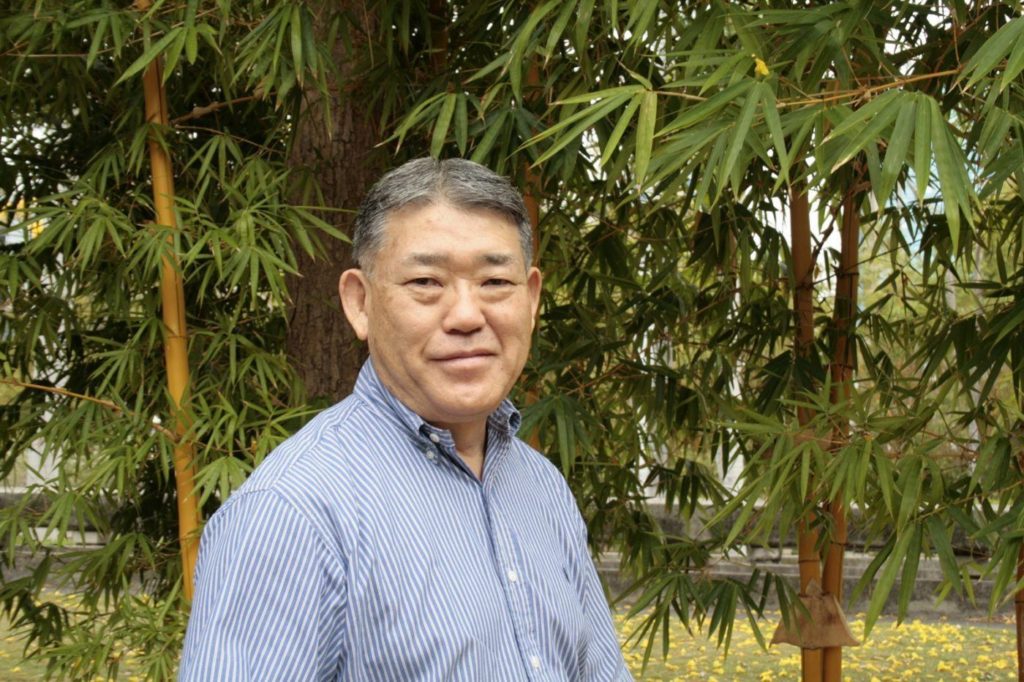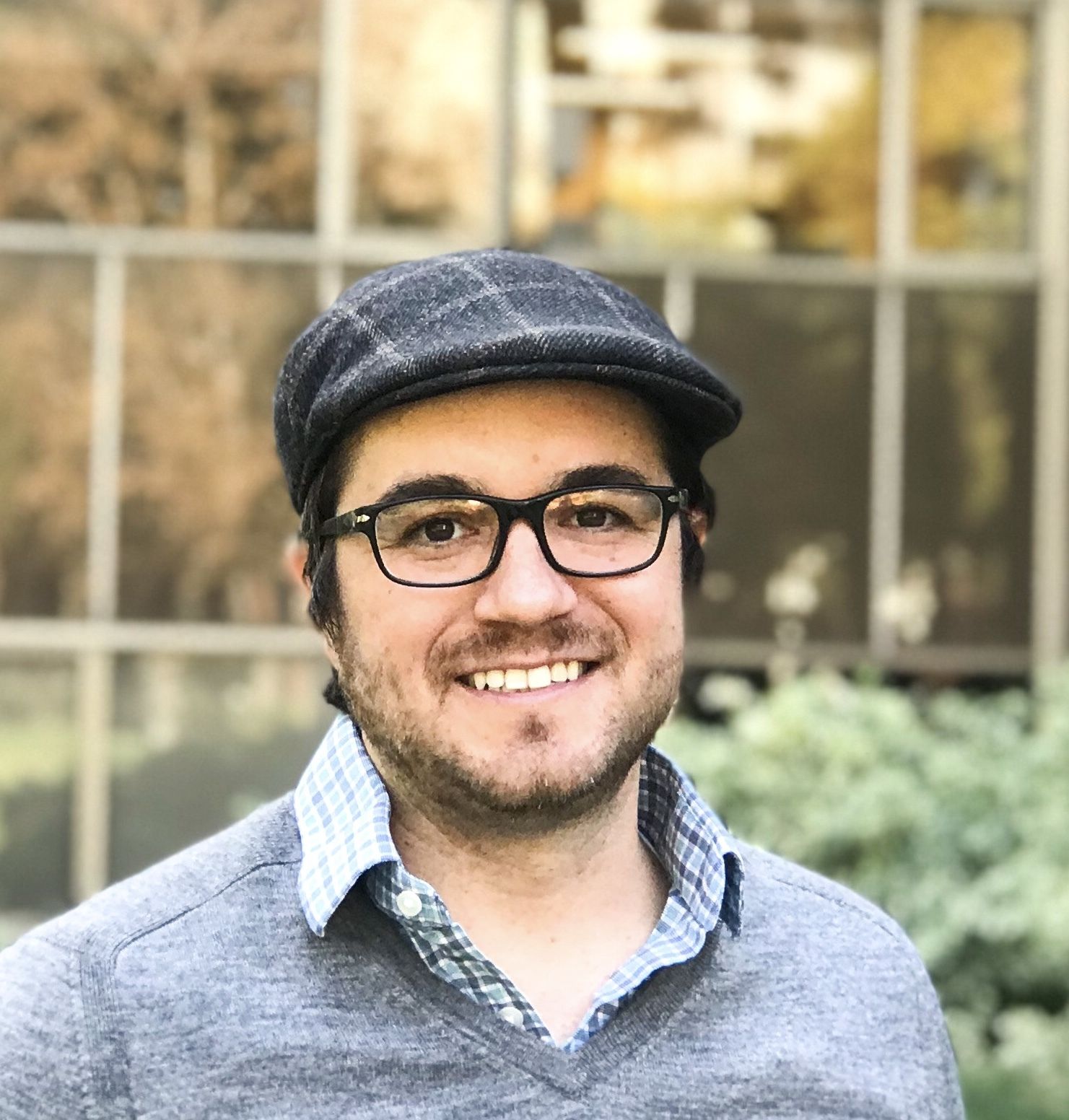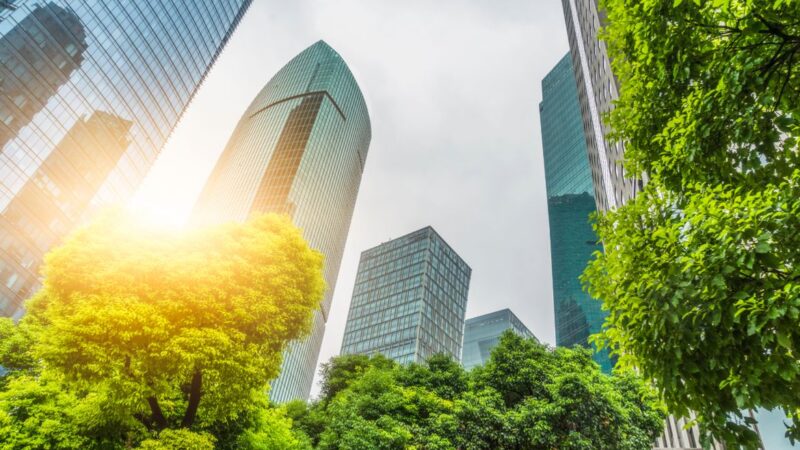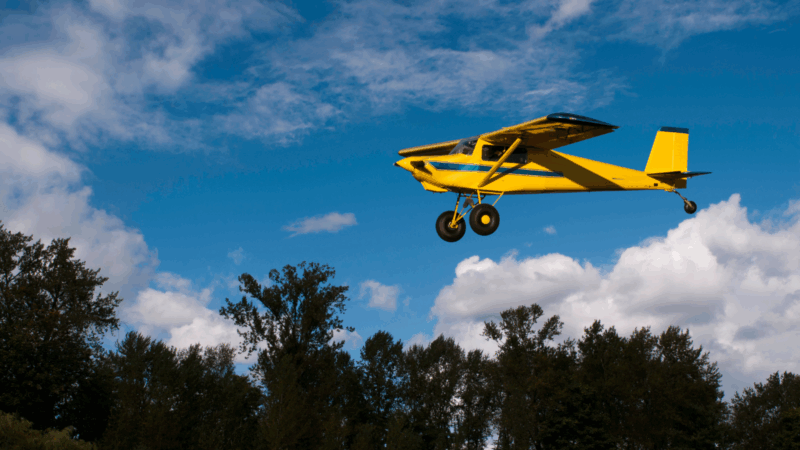
From Star Wars to sugarcane—the journey of Keith Kawaoka
Today, Kawaoka is the deputy director of environmental health for Hawaii. His responsibilities include sanitation, air and water protection, food and drug safety, toxic cleanup and vector-borne diseases. There’s a…
Keith Kawaoka has confronted environmental problems from renewable energy to toxic waste cleanup for four decades, and he’s still going strong.
Today, Kawaoka is the deputy director of environmental health for Hawaii. His responsibilities include sanitation, air and water protection, food and drug safety, toxic cleanup and vector-borne diseases. There’s a lot at stake for the state’s 1.4 million residents and 8 million annual visitors.
It’s a tough job, but you might say that Kawaoka was born for it, having spent the first 14 years of his life on Kauai. “I know Hawaii,” he said. “It’s not all paradise.” Isolated from the mainland, the state faces hurricanes, tsunamis, volcanos and tourists from all corners of the globe. All can have dramatic impacts on the environment and public health. And, with 150 distinct ecosystems, the state’s wildlife has been hit hard by the extinction crisis.
Kawaoka recently wrapped up his first year on the job. He’s faced plenty of challenges. On the big island, he is dealing with Zika virus and an outbreak of dengue fever. Both are transmitted by mosquitoes, so the state eliminates breeding grounds and informs people living in affected areas to take precautions like using insect repellent. At Waikiki Beach, a tropical storm caused a sewage spill that polluted the waters. Kawaoka oversaw cleanup and urged visitors to stay out of the waves. In Maui, he worked with residents and a sugarcane plantation when a post-harvest burn caused respiratory problems in schoolchildren.
Kawaoka credits UCLA’s Environmental Science and Engineering doctorate with preparing him to take on such diverse problems. The program includes education from 12 different academic departments and a year of real-world practice with a company, nonprofit or government agency—much like a medical doctor’s residency. Kawaoka joined the program after graduating with a master’s degree from the School of Public Health.
“I managed to work in environmental science all my career—except for the few times I was a rocket scientist,” Kawaoka says. He’s not joking.
For his internship, Kawaoka joined the Aerospace Corporation—a nonprofit research center that works on military projects for the federal government. Under President Jimmy Carter, the corporation’s focus shifted. Kawaoka moved to Washington, D.C., to research renewable energy technologies and other energy-related issues.
He also dealt with chemical weapons. In the wake of the 1975 ratification of the Geneva protocol, the United States had to figure out how to dispose of stockpiles—some of which dated back to the First World War.
“As you can imagine, it was very heated politically,” Kawaoka said. “Technology-wise, we weren’t sure what to use.”
Politicians and residents didn’t want nerve agents like VX and mustard gas hauled through their neighborhoods, so a centralized facility to dispose of the weapons was out of the question. Kawaoka travelled to wherever munitions were stored, from Arkansas to Johnson Atoll in the Pacific. In each location, he developed facilities and technical processes to safely incinerate them.
All of this took place while he was still with UCLA. For his final report, he looked at how military waste could be repurposed to generate energy. In 1980, UCLA conferred Kawaoka with his doctoral degree.
He continued to work for Aerospace. During President Ronald Reagan’s administration, the organization’s focus shifted back to defense. “One question people were asking was ‘what if there is a conflict in space?’ ” Kawaoka said. “Who is going to rule space?”
The Strategic Defense Initiative—nicknamed “Star Wars” by media outlets—tried to answer that question. The initiative sought to deploy nuclear weapons in space to give the U.S. a strategic advantage over the Soviet Union.
Kawaoka wanted to return to southern California, where Aerospace Corporation is headquartered. Because the organization was central to the “Star Wars” program, he had to learn rocket science to make the move. Working on highly-classified projects, he integrated military payloads onto space shuttles. It wasn’t cheap.
“For environmental work, millions of dollars is huge,” Kawaoka said. “But with defense, it was billions.”
The year he moved back to California was a tragic one for the aerospace industry. On January 28, 1986, space shuttle Challenger exploded 73 seconds after takeoff, killing all seven astronauts on board. “Talk about a watershed point in time,” Kawaoka remembers. “It’s like, ‘Where were you when Challenger happened?’ ”
The disaster led to a 32-month shutdown of the space shuttle program. For Kawaoka, it led to serious reflection about his career path. He decided to return to working with energy and environmental issues with consulting firm CDM Smith (then named Camp, Dresser and McKee). The change proved gratifying, and gave him a chance to work on the country’s most polluted places—Environmental Protection Agency Superfund sites.
Around the same time, Kawaoka’s former classmates began lobbying him to move back to Hawaii to join a new consulting firm. He hesitated at first, having a daughter in kindergarten and a son in diapers. “Even though an offer may sound good, it has to fit well with the family,” Kawaoka says.
After discussing it with his wife, they decided to make the move. In the end, it worked out for family and career—Hawaii was just starting its toxic waste disposal program, so the job brought fresh challenges and opportunity. In 1999, he left the private sector for a government job.
Kawaoka has never stopped learning. Now he’s taking on totally different challenges—social media firestorms, working with legislators and dealing with the press.
“A lot of times you get a few minutes or seconds before the camera starts whirling,” Kawaoka says. “There’s never a dull moment.”




